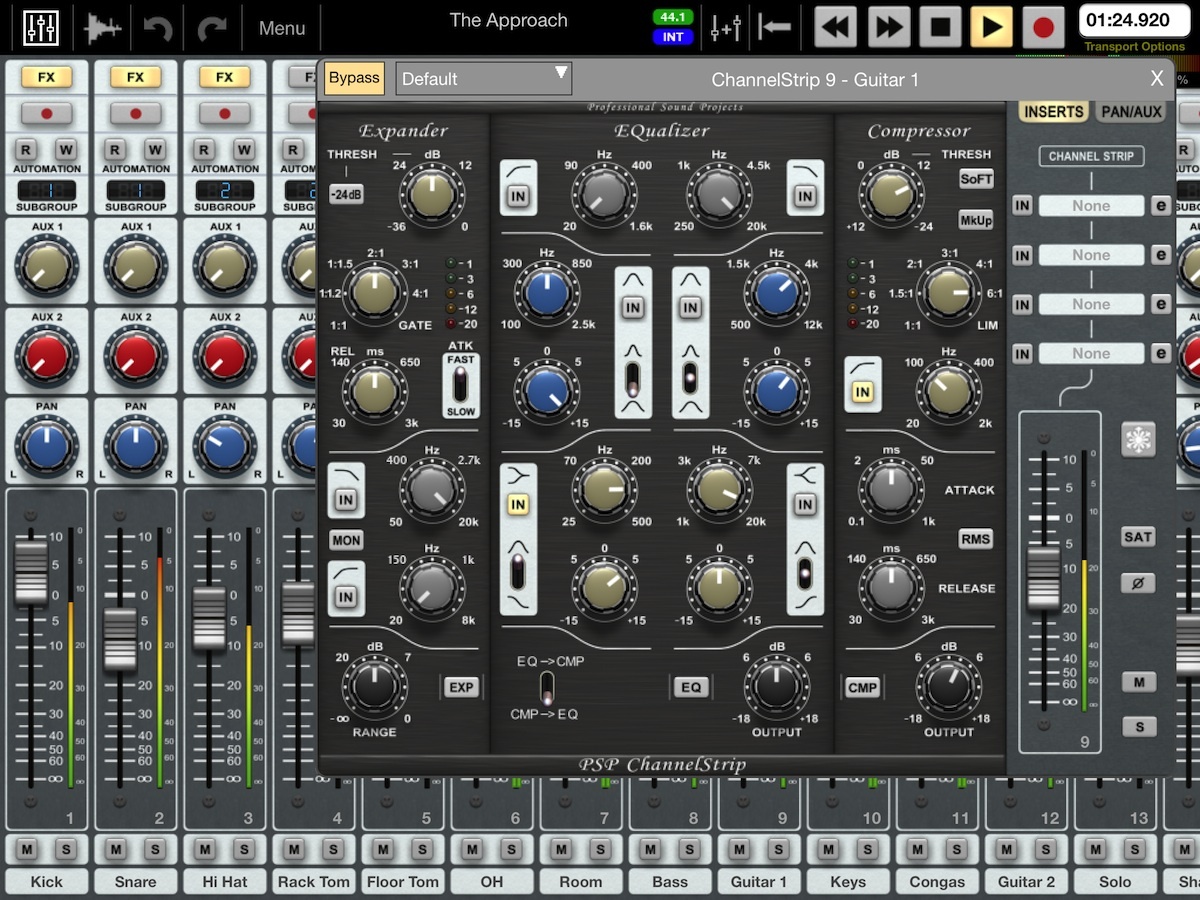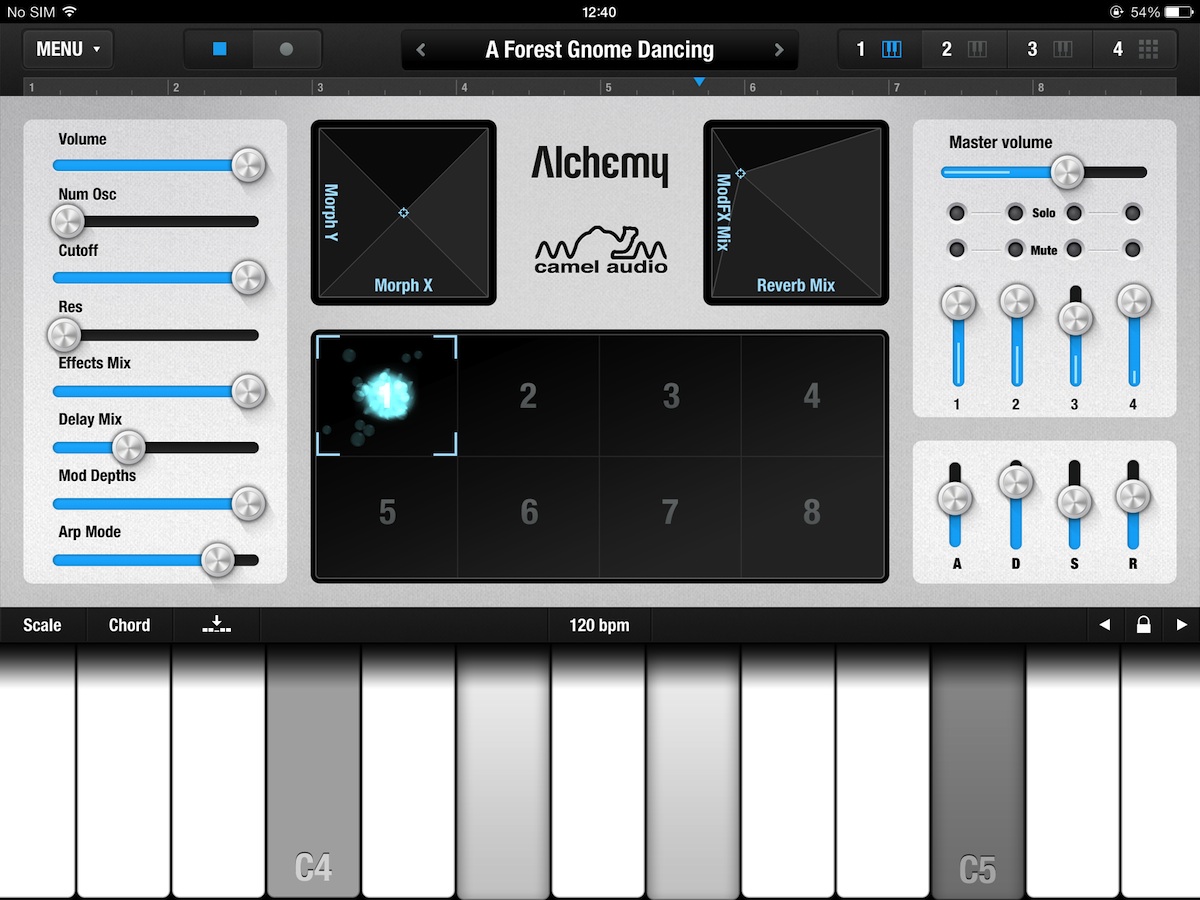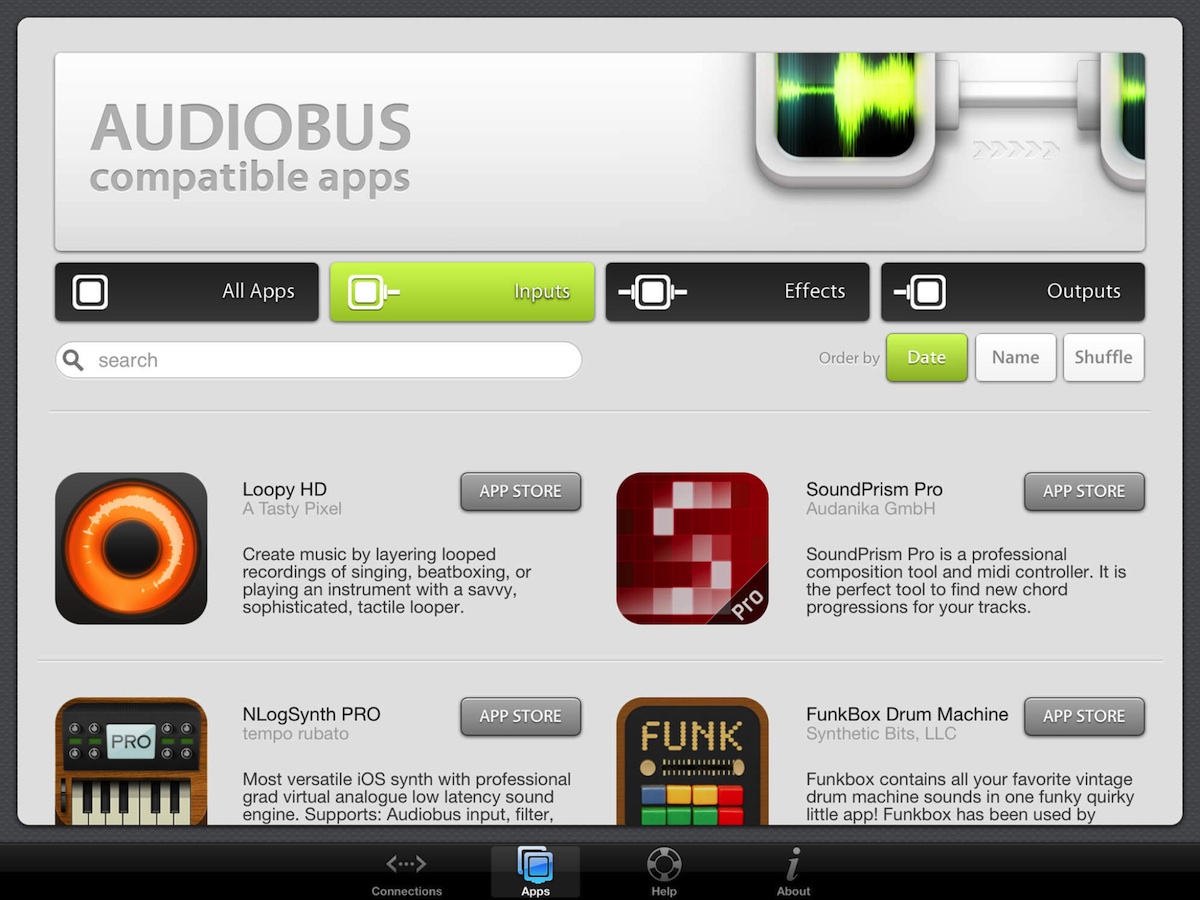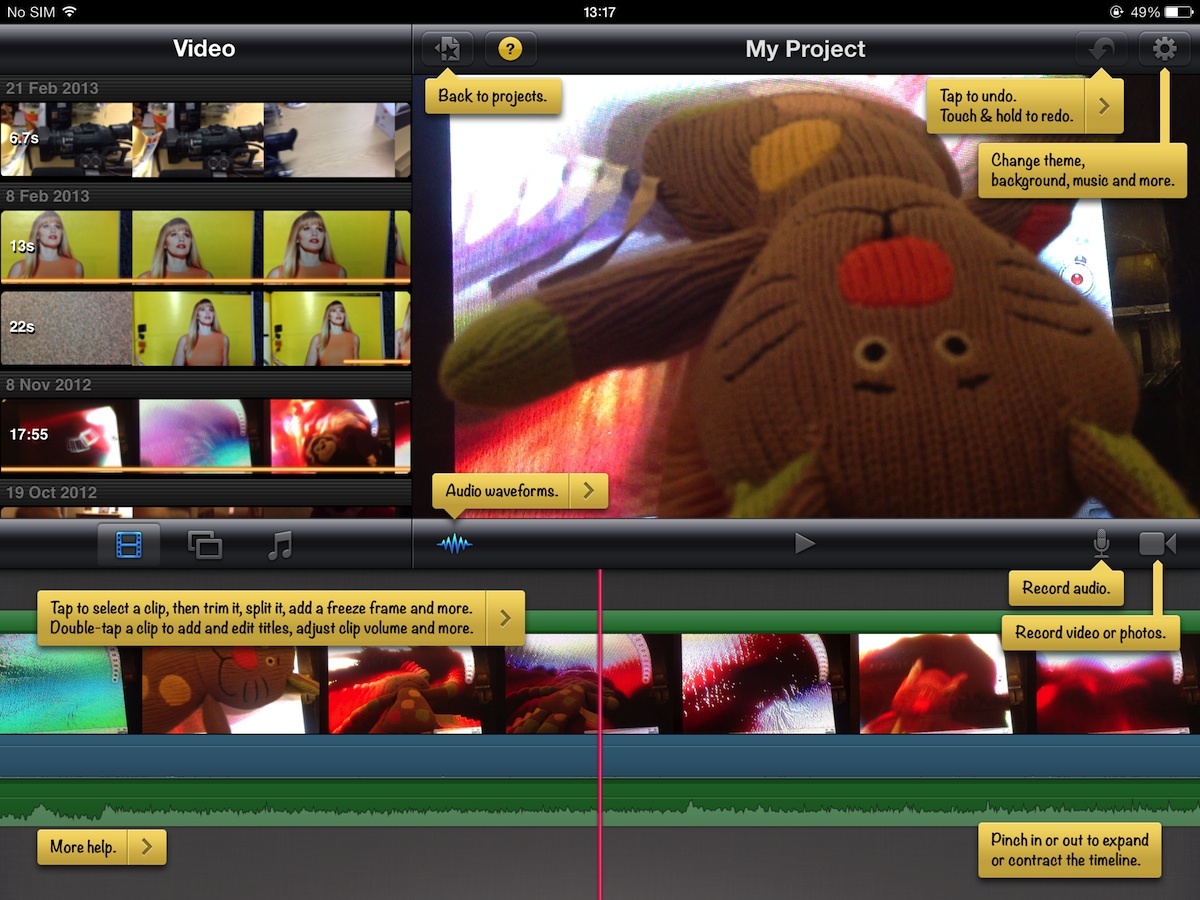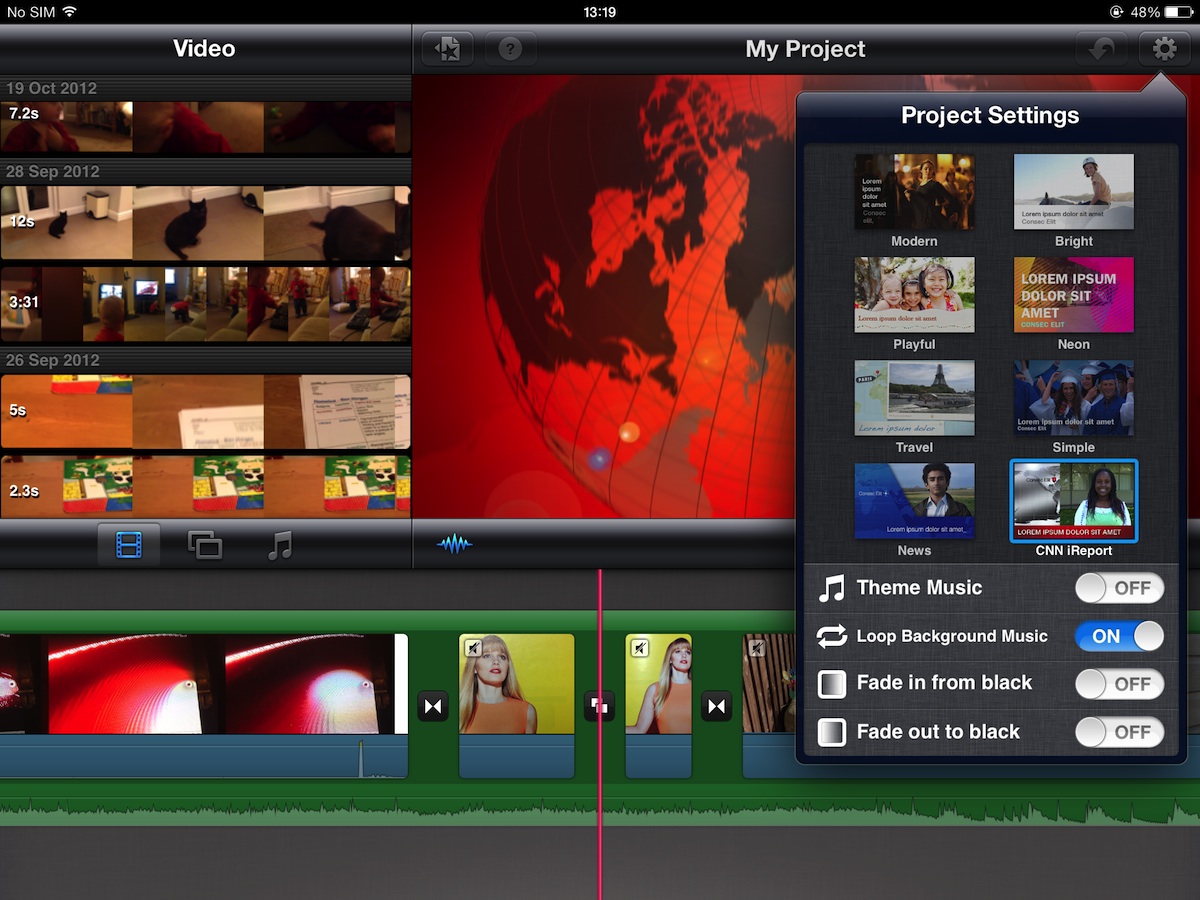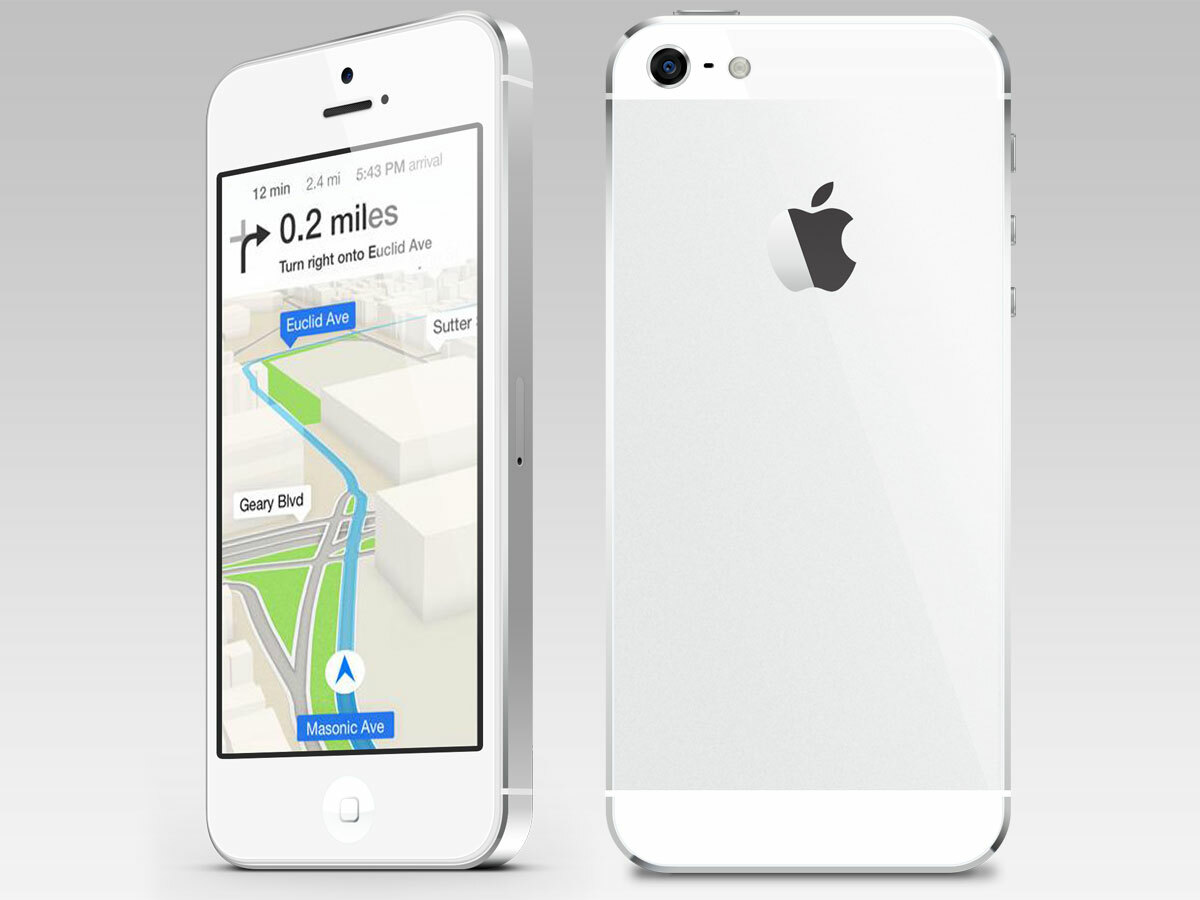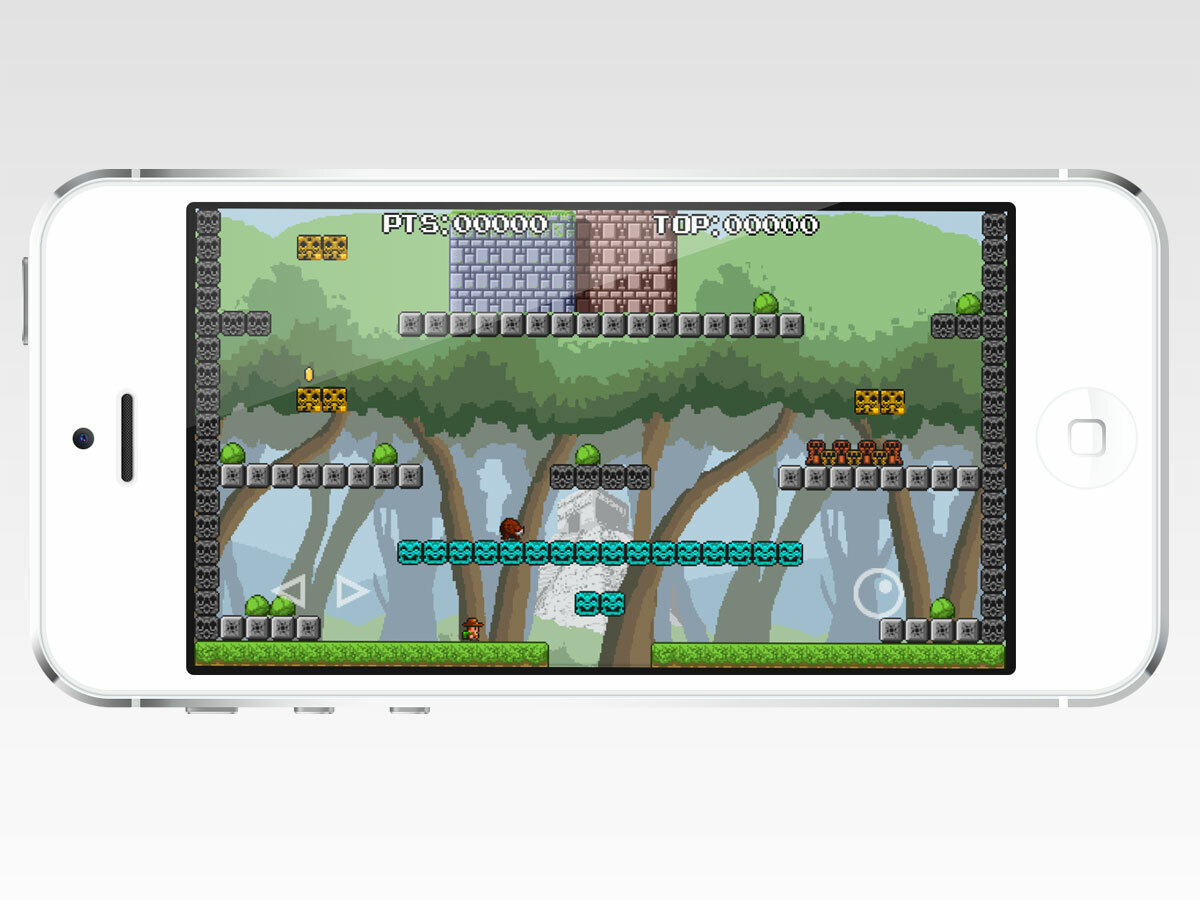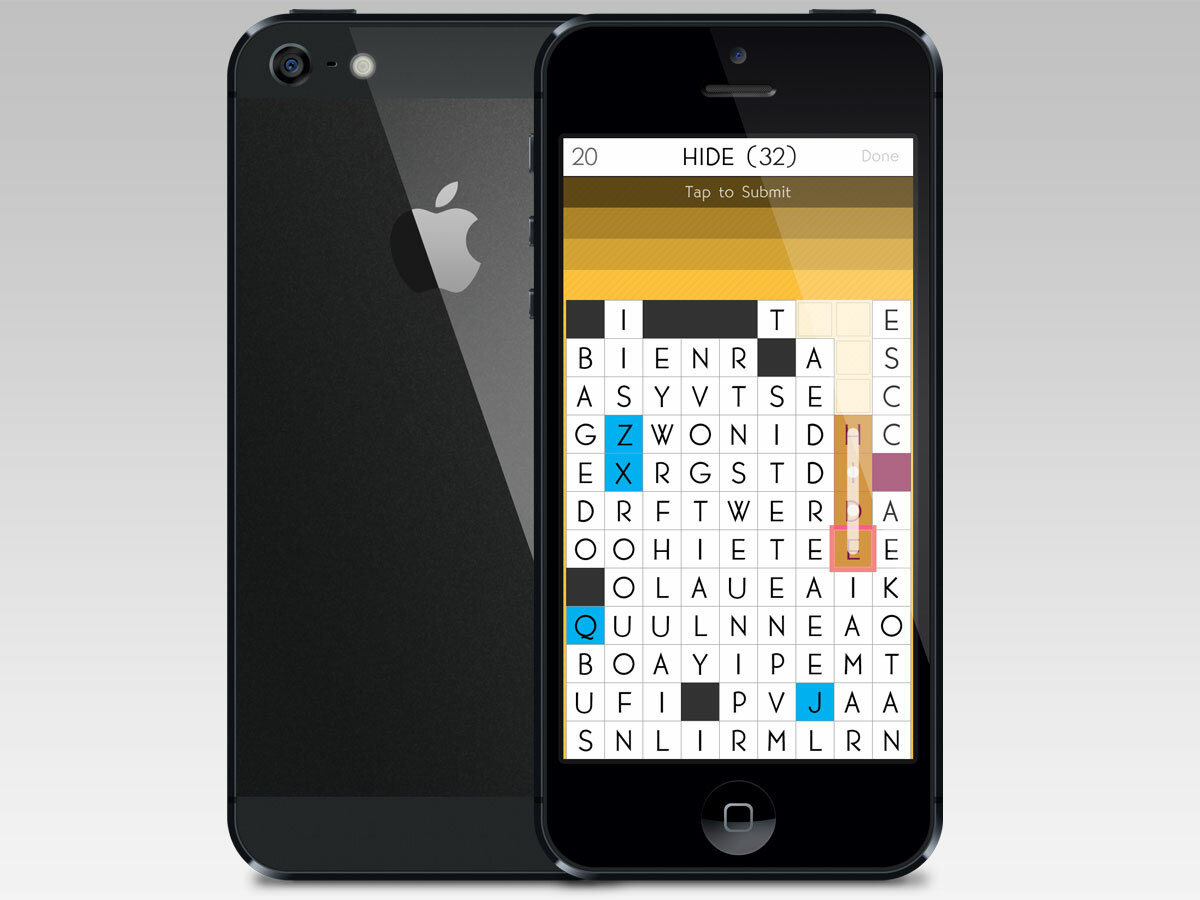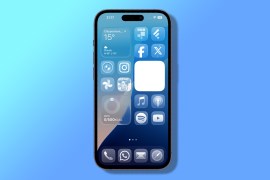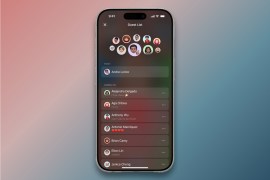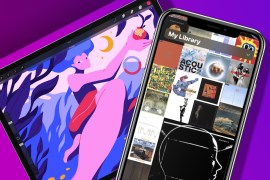Indoor sat-nav, physical gamepads and killer new apps: iOS 7’s secret brilliance
Update: iOS 7's most disruptive new features have slipped under the radar – here's proof that Apple's not done innovating yet
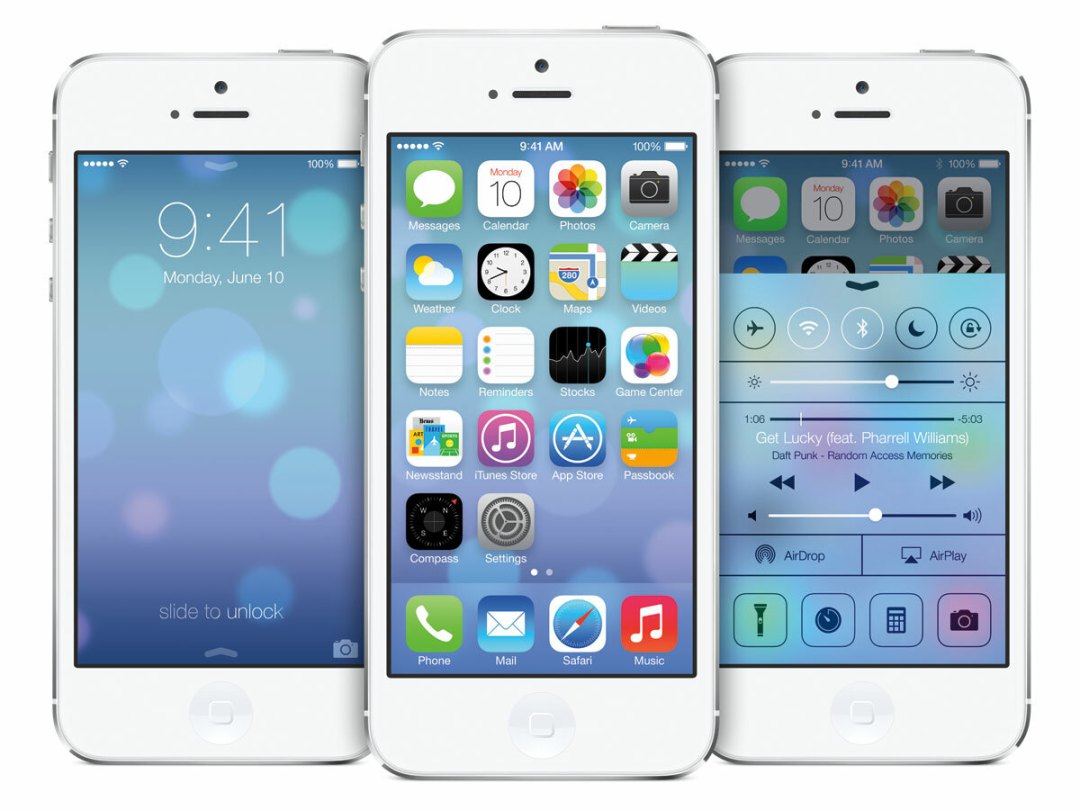
iOS 7 is more than just a swanky interface. Beneath the hyper-coloured icons there’s a stack of new treats that will underpin the next generation of killer apps.
From indoor navigation to support for game controllers, iOS 7 is packed with hidden gems. Stuff has gathered together some of the iPhone’s most successful developers to find out what’s going on under the hood, and what it means for us.
Inter-app audio
Creative types can expect some exciting updates to their favourite audio and video apps in the near future, and even some entirely new apps that take advantage of the sound and vision-mangling tools available to developers. For a start there’s built-in support for inter-app audio, which allows different apps to open up connections between one another to stream their audio back and forth. For example, a music creation app such as Alchemy Synth Mobile Studio could send its ethereal chords and loops directly to a recording app, such as Garageband or Auria (assuming those apps are updated to include inter-app audio support). Virtual MIDI messages can also be transmitted and recieved in the same way, so one app (say, a sequencer) could control another app (such as a drum machine or a synth).
Pushing audio internally from one app to another is something that the independent app Audiobus introduced this time last year, but Apple’s in-built alternative could become the preferred option if it can match Audiobus on features. Sebastian Dittmann from Audio bus tells us, “Inter-App Audio is a nice technology and we’ve been working on documenting bugs of it during the iOS 7 beta while we’ve been looking at how to integrate it best within Audiobus in the future.”
In other audio news, apps can now access the speech synthesiser, making it very easy for anyone to add text-to-speech output to future updates. Better late than never.
Serious video crunching
Until now, iPhone and iPad video editing has been dominated by Apple’s iMovie (now available as a free download for anyone buying a new iThing). It’s a super-cute app but not to everyone’s taste. Well now it can expect some competition because iOS 7 comes with all-new video compositing features that developers can call upon.
This opens the door to numerous alternative apps, which will be able to exploit the super-slick video chewing power enjoyed by iMovie, but potentially give users much more control over their movies and offer different ways of working with video.
iBeacons: indoor navigation will make Apple Maps matter
The mysterious new iBeacons developer feature appears to herald Apple’s foray into indoor navigation, a move rumoured for some time – particularly since it picked up indoor nav firm WifiSLAM earlier this year.
According to Mio Nilsson, senior developer at ustwo (makers of Rando and Whale Trail), “As far as I understand it [iBeacons are] Bluetooth devices you can put indoors to enable more granular (accurate) geofencing and give the opportunity to have micro location tracking. This means you could track a device with much smaller margins than GPS provides, and also where GPS is not available.
“This could for example be used for providing services that are only available at a specific location – for example within a shop – and could enhance the experience in the shop by, say, providing extra information about the product you’re standing in front of.”
Although not quite as mind-blowing as inertia-based indoor-nav systems such as Navisens, Apple has the scale to make iBeacons happen – and if venues begin to install the technology, we could see an explosion of venue-specific apps from shops, galleries and other public places. The data on particularly popular destinations could even be built into Apple Maps. It’s certainly a technology to watch.
Game Controller API: iOS 7 + Apple TV = your new console
Apple has created a new standard for iOS game controllers, and approved controllers will wear the Made For iPhone badge. This allows game developers to support a specific set of inputs, based around the form of current Xbox and PlayStation pads. The controls themselves will include four shoulder buttons, a D-pad, A, B, X and Y buttons, a pair of analogue sticks and a Pause button. These can be connected wirelessly via Bluetooth or physically through the dock connector. Of course, Android users have had the ability to hook up Xbox and PlayStation controllers for some time.
Gary Riches of Bouncing Ball (responsible for excellent retro platformer Aztec Antics) explains: “The Game Controller API means that all controllers that are “made for iPhone” accredited will be of a certain specification and always work with games that use the new API.” So, around ‘fall’ this year, we can expect a proliferation of ‘made for iPhone’ joypads to complement the hacky ones that already exist, and possibly an official design from Apple itself.
Even more interesting is how the Game Controller API could affect the living room. Gary says, “Coupled with AirPlay on Apple TV, it means Apple will potentially have 13 million [the number of Apple TVs sold so far] games machines in the home. All you need is an iOS Device and controller.”
Bad news for Ouya and GameStick – and it should even give Sony and Microsoft pause for thought. What makes it especially compelling is that it’s now theoretically easier to develop quality games for iOS: 7’s ‘UI Dynamics’ framework means all those fancy transitions and gravity effects you saw in the WWDC keynote video – the bits that make iOS feel ‘fluid and organic’, according to Nik Fletcher of Realmac Software – can be added to apps by developers who don’t have a degree in physics.
Mio Nilsson says, “If Apple is serious about this, it will considerably lower the learning-curve for getting into making games. They’ve opened our eyes to what can be achieved with minimum effort.” Gary Riches concurs: “I think with UI Dynamics and Sprite Kit you’re going to see much better quality games on iOS from smaller teams.”
Multitasking: the end of default apps?
iOS 7’s multitasking is more game-leveller than game-changer. For one thing, it’s not ‘real’ multitasking (in which apps keep on doing their thing in the background, as they do on Android); instead it uses invisible push notifications to tell apps they have fresh data to download. But iOS 7’s implementation will make new genres of app possible, and could even melt Apple’s iron grip on default apps.
For Zach Gage, creator of smash-hit word game SpellTower, it’s a huge deal. “There are so many possibilities! There are some great third-party email apps that never could be used because they didn’t have background updating, but the fact that it can happen now in the background is a whole new territory for everyone.
“You could even have games that use dynamic-updating GPS: real-world travel when you’re not playing the game could count towards in-game progress.”
And according to Alex Fish os Ustwo, there should be obvious performance improvements besides. “The whole experience of using your iPhone is going to be so much snappier. You won’t have to wait ages watching the spinner while the app gets data: it’ll already be there.” Gary Riches adds “iOS 7 will learn that I open Twitter every morning and start giving the app background access just before I wake. Twitter will then download all the latest tweets ready for when I get up.”
So even if iOS 7’s new look leaves you feeling flat, it’s given developers a whole new box of toys to play with. As Phil Schiller succinctly put it, “Can’t innovate anymore, my ass.”
You can walk, but you can’t hide
Apps can now draw upon iOS 7’s step-counting and motion tracking features, which can monitor your movements and store up data even when those apps aren’t in use. An app can then check back with iOS to see how slovenly or spritely you’ve been recently. The step-counting is joined by motion sensing tech that knows when you’ve been walking, running or in a car or train. How it would interpret a short trot on horseback remains to be seen.
